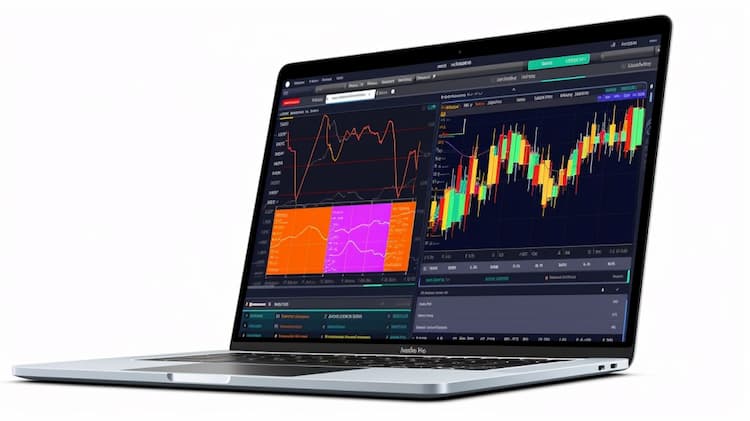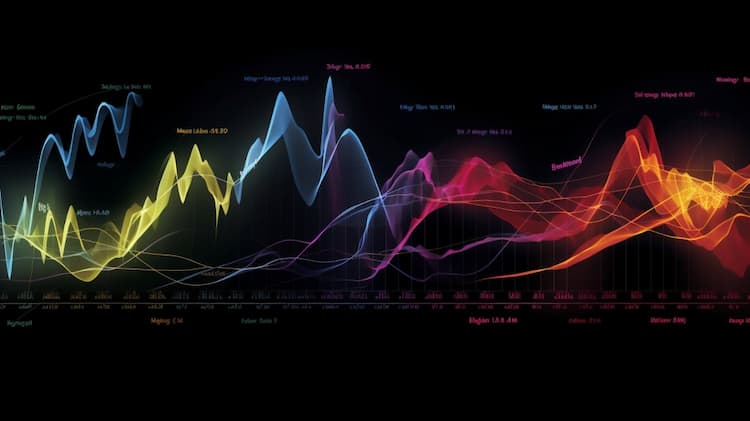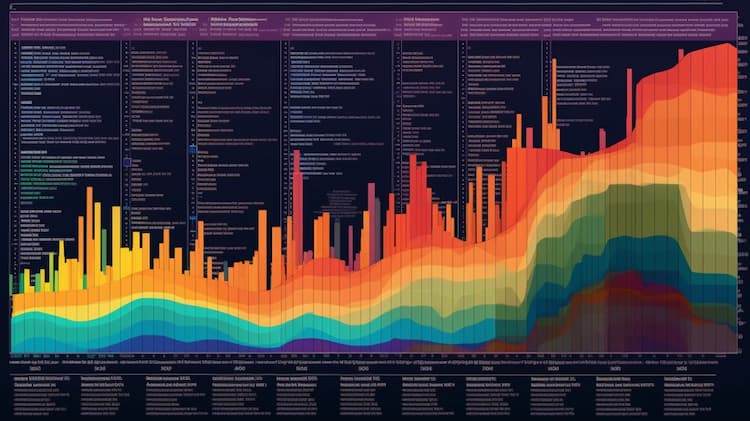
VTI VS VOO | Comparison of ETFs
VTI Vs VOO Overview
When it comes to investing in index ETFs, two options that commonly come up are VTI (Vanguard Total Stock Market ETF) and VOO (Vanguard S&P 500 ETF). Both are designed to give you broad exposure to the U.S. stock market, but there are key differences. While VTI aims to provide access to the entire U.S. stock market, VOO limits its scope to large-cap stocks represented in the S&P 500 Index. Understanding the nuances between VTI and VOO can greatly affect your investment outcome.
VTI Vs VOO Sectors and Top Holdings
The sectoral allocation in both VTI and VOO is somewhat similar, given that large-cap stocks take up a considerable portion of the U.S. market. Technology, healthcare, and financial services are generally well-represented. However, VTI offers more diversification by including small and mid-cap stocks, which may belong to sectors not heavily represented in the S&P 500. For example, VTI has a more substantial allocation in sectors like real estate and utilities. VOO, on the other hand, is more tech-heavy, closely mirroring the sectoral composition of the S&P 500. Top holdings for both generally include the likes of Apple, Microsoft, and Amazon, but VTI provides exposure to a wider array of companies.
 VTI overlap VTI VS VOO: A Comprehensive Comparison of ETFs
VTI overlap VTI VS VOO: A Comprehensive Comparison of ETFs
VTI Vs VOO Capitalization Strategy
VTI aims for total market coverage, incorporating large, mid, and small-cap stocks. This creates a more diversified portfolio and allows for exposure to different tiers of the stock market, which can be beneficial during various economic cycles. VOO focuses exclusively on large-cap stocks, those in the S&P 500, essentially concentrating on the more established companies. If your investment strategy leans more towards established companies with proven track records, VOO might be the better choice. However, if you're looking for comprehensive market exposure, including smaller companies with higher growth potential, VTI may be more suitable.
VTI Vs VOO Tracking and Exposure
Both VTI and VOO aim to closely track their respective indices. VTI tracks the CRSP US Total Market Index, which is designed to include almost every liquid U.S stock in the market. VOO tracks the S&P 500 Index, a market-capitalization-weighted index of 500 of the largest publicly traded companies in the U.S. Because VTI has a broader scope, it provides a more diversified exposure to the stock market, including sectors and market caps that are underrepresented in the S&P 500. On the other hand, VOO provides a more focused exposure, ideal for investors looking to gain entry into the large-cap space, represented by the S&P 500.
Conclusion
When choosing between VTI and VOO, investors must consider their investment goals, risk tolerance, and need for diversification. VTI offers a more comprehensive exposure to the entire U.S stock market, including small and mid-cap stocks, whereas VOO focuses only on large-cap stocks in the S&P 500. Both have their merits and downsides, but understanding these can help you make a more informed decision tailored to your investment needs. Whether you prioritize broad market exposure with VTI or focus on large-cap stability with VOO, knowing the differences between the two can be invaluable in shaping your investment strategy.
VTI ETF issuer
VTI ETF official page
VTI quote and analysis
Discover the top holdings, correlations, and overlaps of ETFs using our visualization tool.
Our app allows you to build and track your portfolio.
To learn more about the VTI Vanguard Total Stock Market ETF, access our dedicated page now.
































